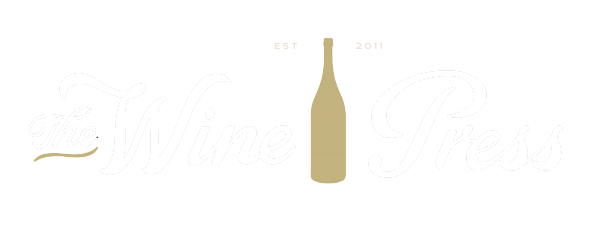Time to Grow Up
While the wine world has seen the rise and proliferation of natural wines, sparkling wines namely Champagne, seem to have escaped the limelight when it comes to garnering the markets attention. Perhaps because most people only drink sparkling wine on special occasions, they think about it far less often than they do their every day Pinot Noirs and Chardonnays. But the same grapes that go into those bottles of Pinot and Chardonnay are the ones that are used to make Champagne. Along with Pinot Meunier, they are the three main grapes of Champagne.
The long-standing traditional houses of Champagne, like Veuve Clicquot, Moët-Chandon, & Taittinger have played an important role in the history of their region. But they are not examples of low intervention winemakers. They rely on consistency because that is what consumers expect from them. They are reliant upon the blend of each wine, they make corrections and alterations when the weather fails them or when grapes do not ripen as expected. If the harvest is not particularly robust they have last year‘s cuvée as a back up plan.
Smaller family-run farms that have modest parcels of land to tend and who rely upon each year‘s crop to make their best wines do not have the same luxury. But they are also not expected to produce the exact same product year after year. They have the freedom of starting from scratch each spring. This is why they pay so much attention to the health of their vines and the attention they give their grapes once they reach the winery.
These Growers-Champagnes are the wines that we choose to focus on. Their wines are examples of their own unique terroirs. This term is often overused but is suited to this situation. Smaller producers in Champagne, ones who practice organic and bio-dynamic farming, put more stock in the health of their vines than their techniques in the winery, or laboratory, as is the case for so many large houses in Champagne. Producers like Christophe Mignon or Marie Courtin do not rely on name recognition so they must produce stunning wines, and they do. Their cuvées represent their soils, their frosty springtime, and their restraint in the winery. Unlike their established counterparts with golden yellow labels, they know that their wines must be good, not simply recognizable.
This is why we love them. We would rather recommend a wine like Champagne Gosset because the quality of wine is far better and of greater value. The trademark characteristics of Champagne, it’s acidity, toasty flavors from extended lees contact, and notes of apples, pears, and raspberries are found more often, and at much more accessible prices, than the comparatively flavorless wines that don showy labels. This is why Eric Rodez, Champagne Tarlant, and Georges Remy will always be the first names out of our mouths when you ask for our favorites.
Take a look at some of our favorite Grower-Champagnes here.
